
Electric Bike Drive Systems: Belt vs. Chain – Which One Lasts Longer?
In this article, we’ll delve into the pros and cons of each, and determine which one is likely to last longer in the context of an electric bike.
Understanding Electric Bike Drive Systems
Electric bikes have gained popularity due to their efficiency and eco-friendliness. A key component of an e-bike is its drive system, which transfers power from the pedals to the wheels. The choice between a belt drive and a chain drive is significant because it affects the bike's performance, maintenance needs, and durability.
What is a Chain Drive?
A chain drive is the more traditional choice for bicycles and e-bikes. It consists of a metal chain that connects the pedal crank to the rear wheel sprocket. This system is widely used due to its reliability and effectiveness.
What is a Belt Drive?
A belt drive, on the other hand, uses a toothed belt made from materials like carbon fiber, which connects the pedal crank to the rear wheel. This system is relatively newer in the biking world but is gaining traction for its distinct advantages.
Pros and Cons of Chain Drives
Chain drives have been the standard for bicycles for many years. Here’s why they continue to be a popular choice:
Advantages of Chain Drives
-
Durability: Chain drives are known for their robustness. They can handle high amounts of torque and are less likely to slip compared to belts.
-
Efficiency: Chains have been proven to be highly efficient in power transfer, making them ideal for performance-oriented riders.
-
Availability and Cost: Chain drives are widely available and generally less expensive than belt drives. Replacement parts are easy to find and affordable.
-
Easy to Modify: For those who like to tinker with their bikes, chain drives offer more options for customization and adjustment.
Disadvantages of Chain Drives
-
Maintenance Needs: Chains require regular maintenance, including cleaning and lubrication, to prevent rust and wear.
-
Noise: Chains can be noisy, especially if not well-maintained.
-
Weight: Chain drives tend to be heavier than belt drives, which might be a consideration for some e-bike users.

Pros and Cons of Belt Drives
Belt drives offer a modern alternative to the traditional chain system. Here are the key points to consider:
Advantages of Belt Drives
-
Low Maintenance: Belt drives require minimal maintenance. They don’t need lubrication and are less prone to rust, making them ideal for all-weather riding.
-
Quiet Operation: Belts are known for their silent operation, providing a smoother and quieter ride.
-
Longevity: Typically, belt drives last longer than chain drives because they don’t wear out as quickly. They are not affected by weather conditions like rain and mud.
-
Cleanliness: Without the need for lubrication, belt drives do not attract dirt and grime, keeping your bike cleaner.
Disadvantages of Belt Drives
-
Cost: Belt drives are generally more expensive upfront than chain drives. Replacement belts can also be costly.
-
Limited Compatibility: Not all bike frames are compatible with belt drives, limiting options for conversion from chain to belt.
-
Availability: Belts and their specific components might not be as readily available as chain parts, which can be inconvenient if you need replacements.
Longevity: Which One Lasts Longer?
When considering longevity, belt drives have the upper hand over chain drives. The materials used in belts, such as carbon fiber, are designed to withstand wear and tear better than metal chains. Additionally, the absence of lubrication reduces the risk of attracting dirt and grime that can lead to premature wear.
Belt drives also tend to have a longer lifespan because they are not prone to rust and corrosion, factors that can significantly shorten the life of a chain drive, especially in wet or humid conditions.

Which Drive System Should You Choose?
The choice between a belt drive and a chain drive for your moped ebikes depends on your specific needs and preferences.
If you prioritize low maintenance, quiet operation, and longer lifespan, a belt drive might be the better choice for you. It’s particularly suitable for commuters and casual riders who want a hassle-free experience.
If you are concerned about cost, want more customization options, or plan to ride in environments where instant access to parts is crucial, a chain drive could be more appropriate.



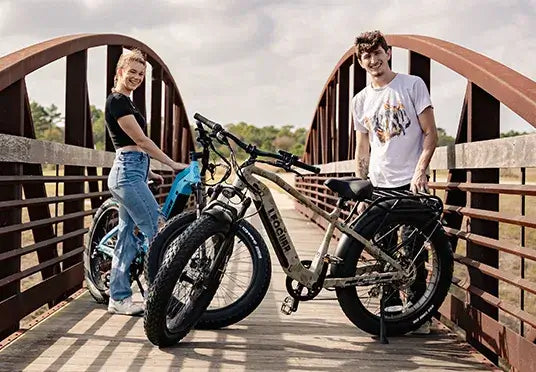
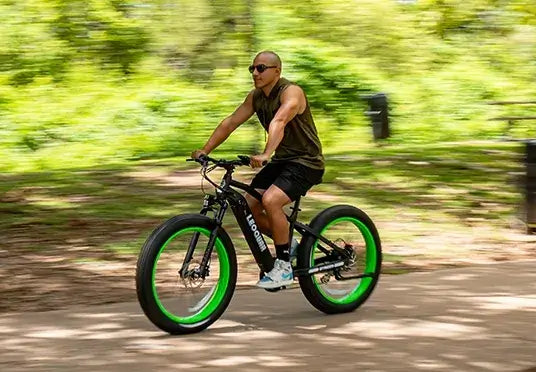


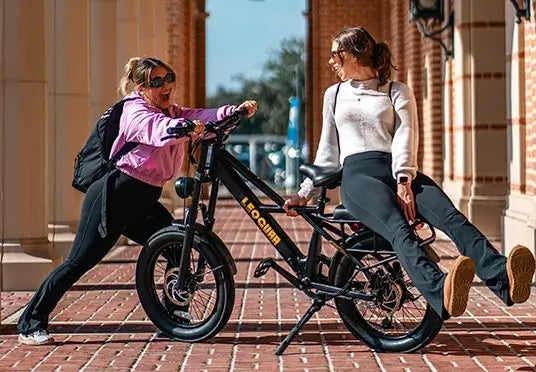

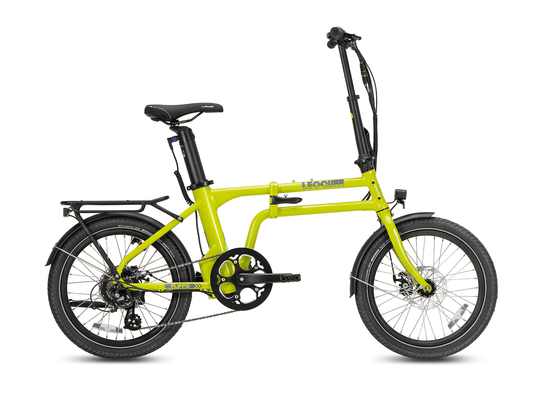
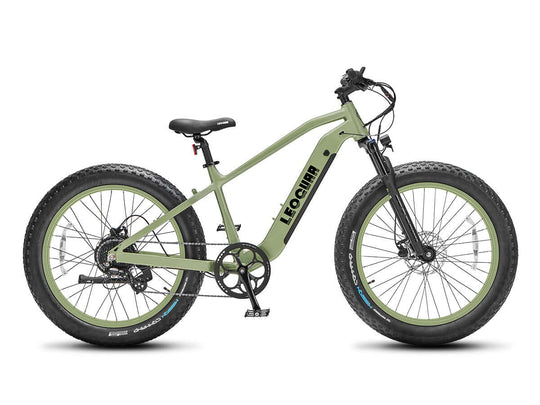
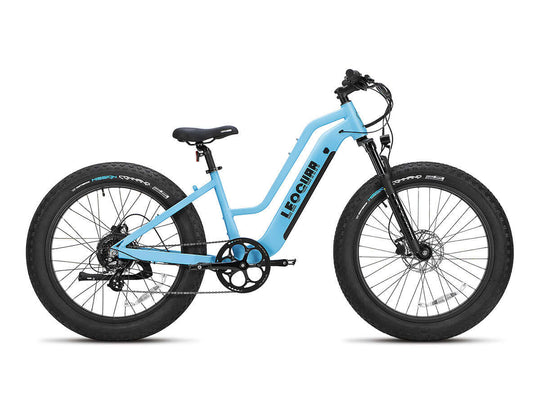
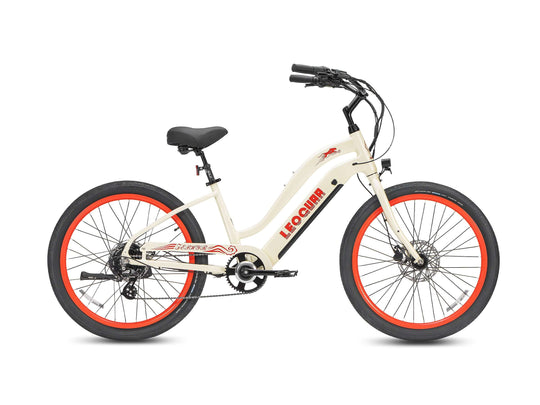
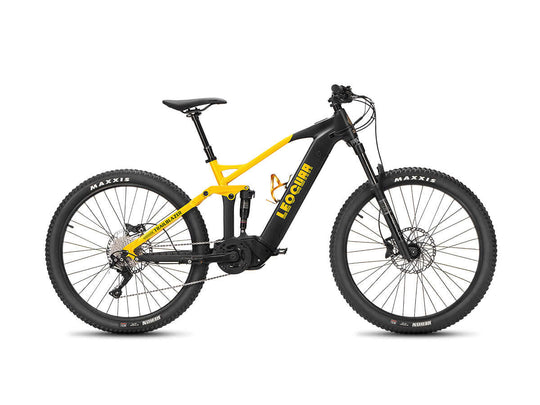
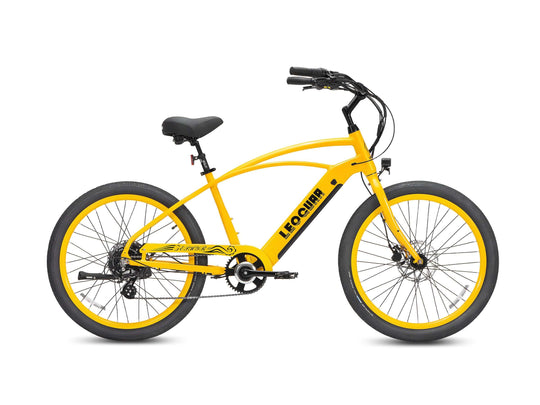
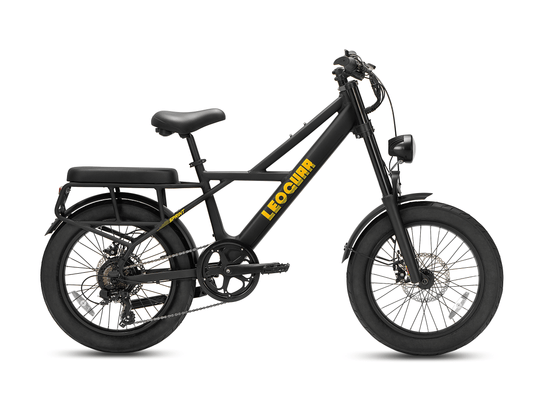
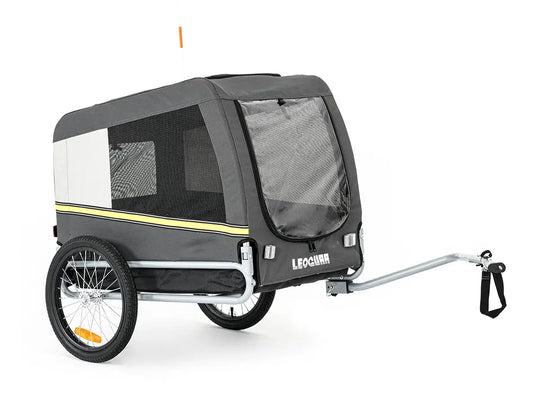
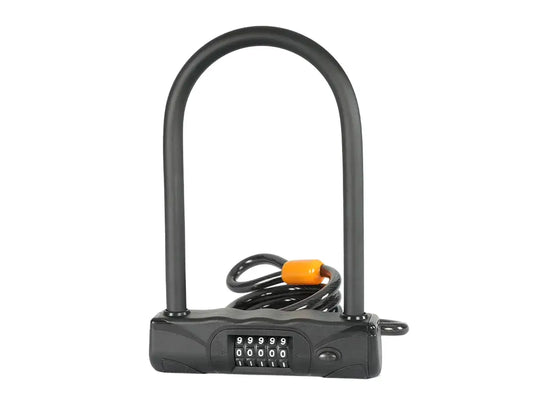
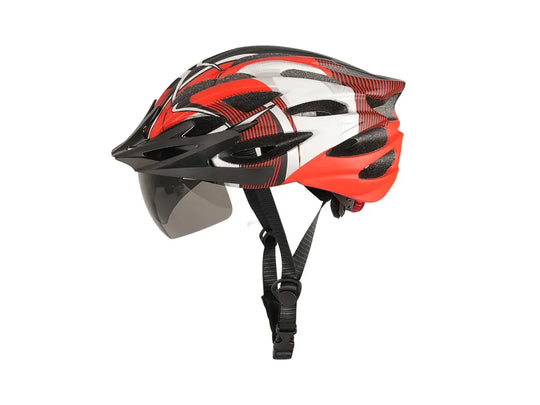
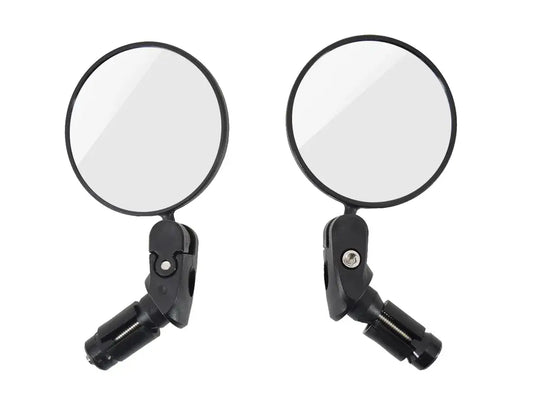
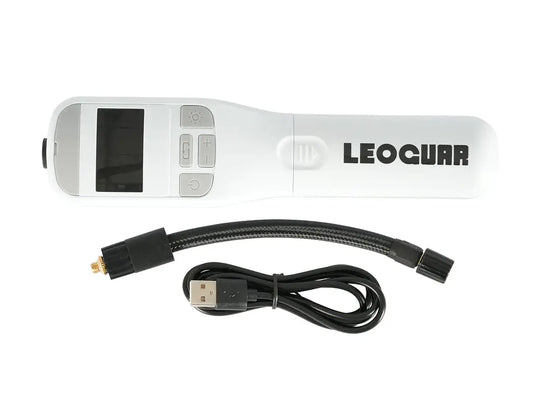
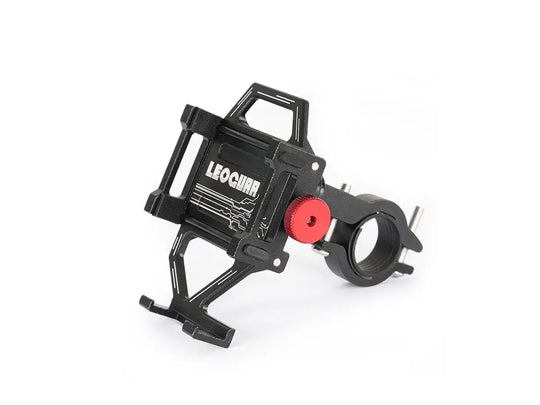

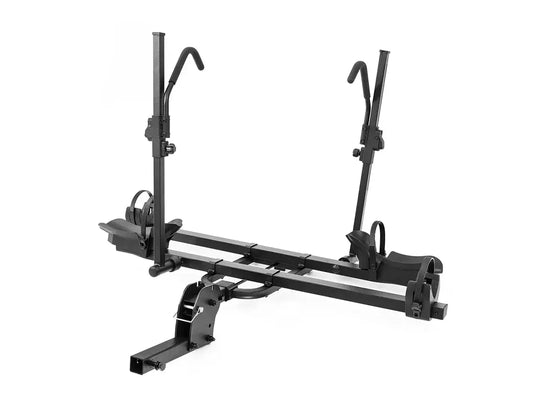
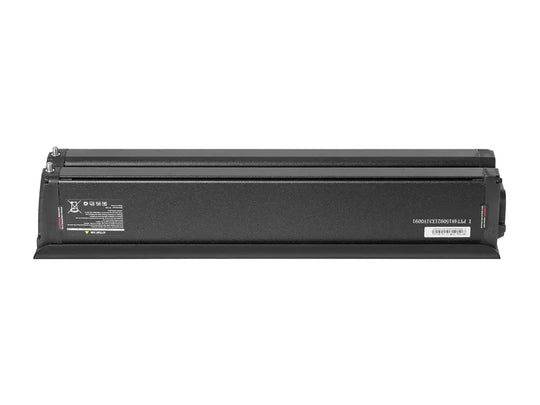
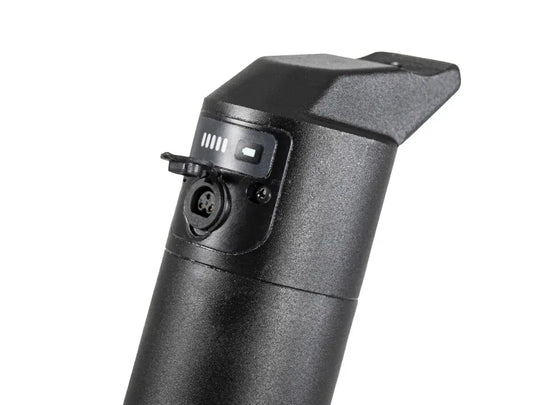
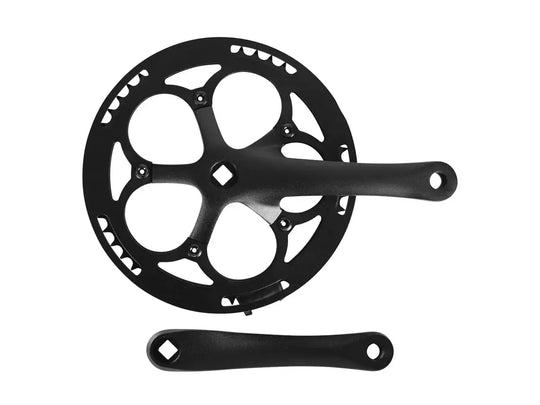
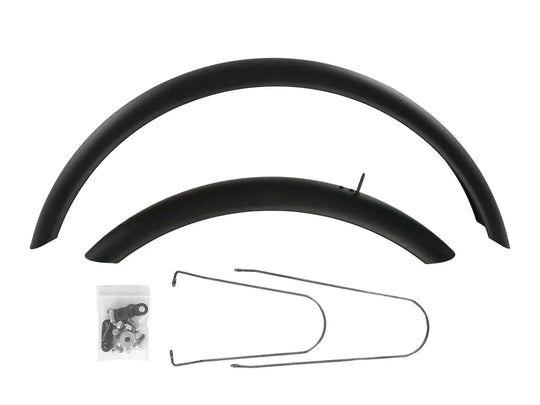
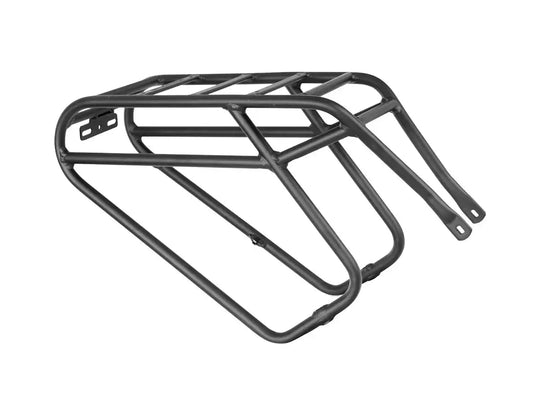
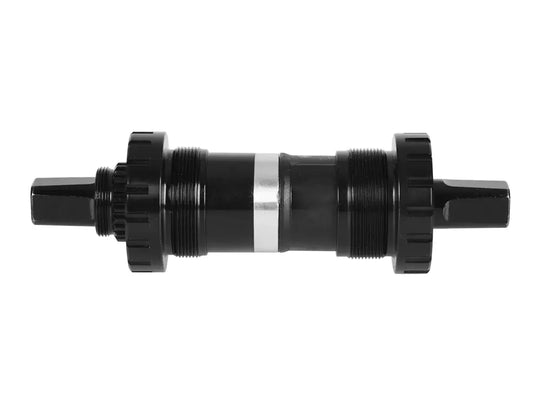
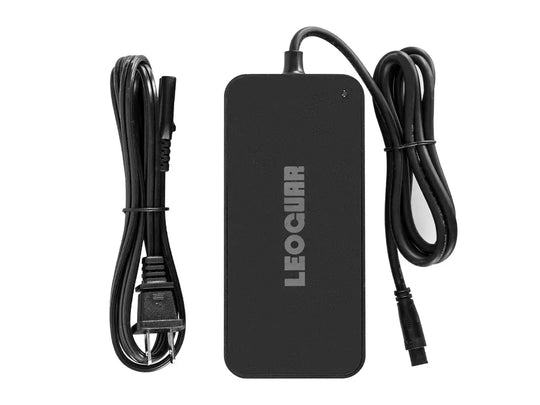
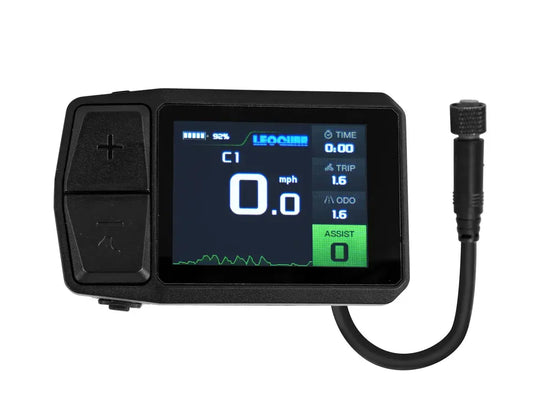
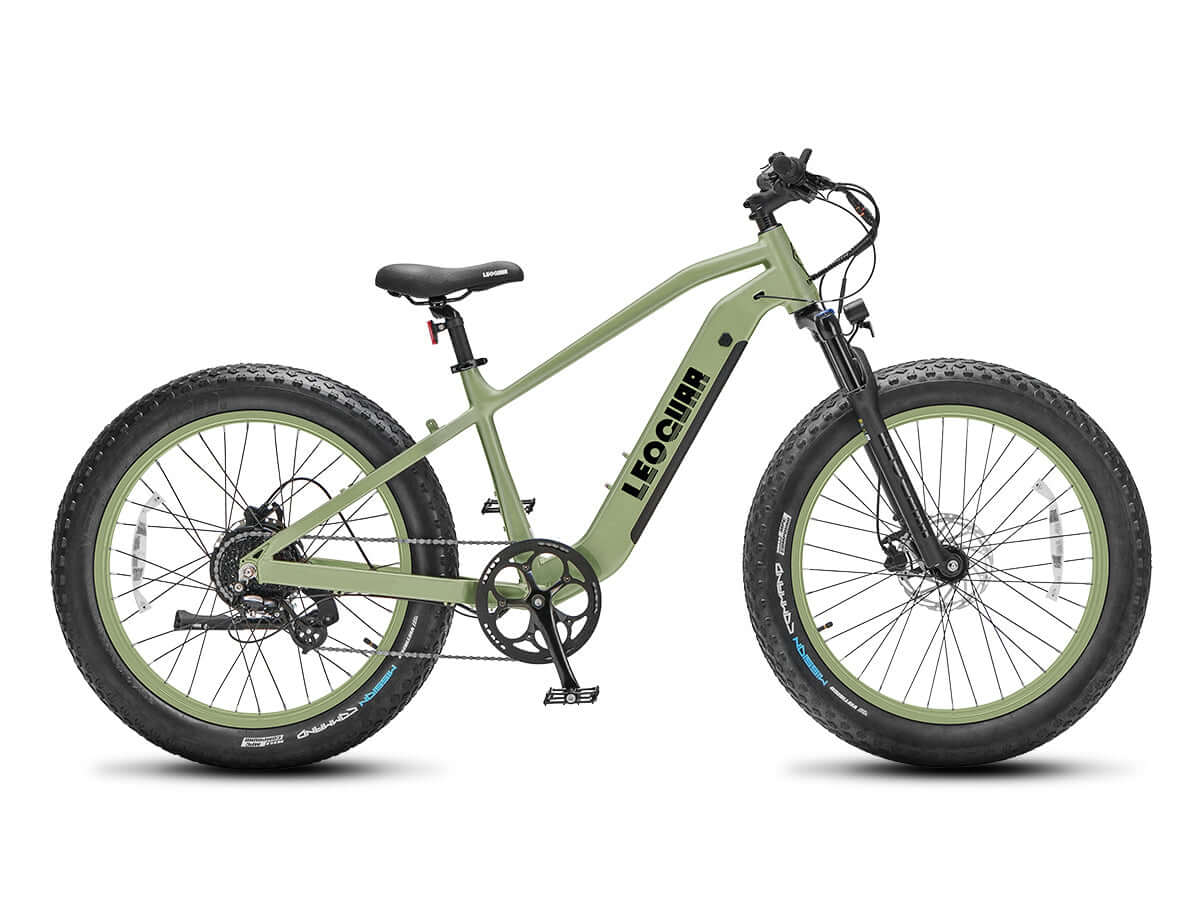







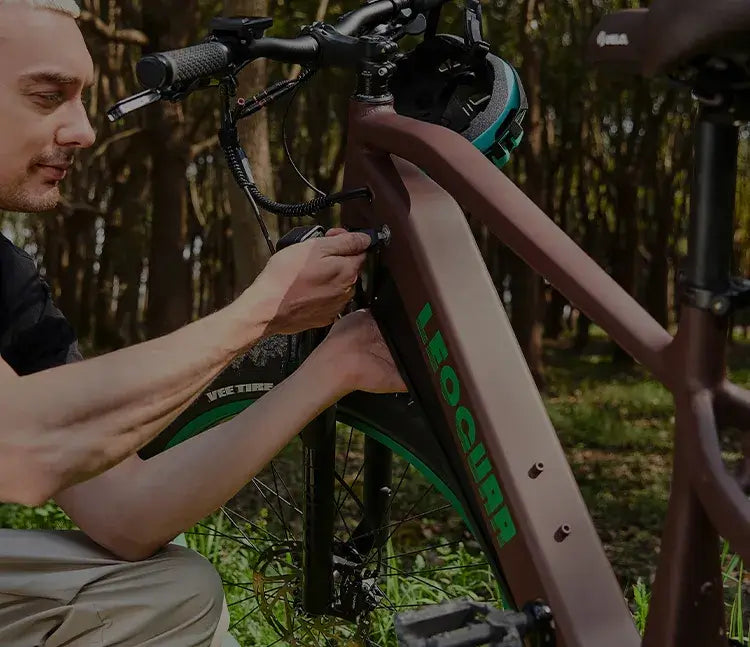
Leave a comment